How Omni Reworks the Aff Case
Other theory ecosystems think of the affirmative burden in all kinds of ways. For example, the widely-accepted Stock Issues model says that if the plan fails to meet four ambiguous levels of sufficiency, the affirmative loses - like a table falling when one of its legs is removed.
The biggest problem with that (and many other models) is simple.
There is only one affirmative offensive claim: “The plan is more beneficial than the negative option.”
If you’re making an argument that says that, you’re presenting a Benefit. There are 2 kinds.
A note before we dive in: in policy, sub-points are almost always optional. You can often get away with implying them, but that doesn’t mean they’re not there. It’s helpful to learn the sub-points even if you don’t run them. They train you to build the argument as strong as possible, and identify weaknesses in opposing points.
Harm: A Benefit claiming that the plan ameliorates a problem in the status quo.
Significance: The problem is real and substantial. In other words, things are bad enough that change is warranted.
Solvency: The plan will work as intended to ameliorate the problem. Ameliorate is a broad term that includes reducing, fixing, alleviating, etc. If there’s even a tiny bit of solvency, a Benefit can exist.
Advantage: A Benefit claiming that the plan creates an effect that is better than the negative option.
Some Benefits can be run as Harms OR Advantages. For example, your plan of getting a job could be supported by HARM: I’M BROKE or ADVANTAGE: FINANCIAL SECURITY. If they’re different enough, you can run them both. If not, pick the version you think judges will find most persuasive.
Significance: The advantage is real and substantial. Again, this is all about whether or not it warrants a change.
Solvency: The Plan will work as intended to create an advantage. And again, solvency doesn’t have to be perfect. If it works at all to create any amount of advantage, it’s relevant to the judge’s decision.
Most aff cases should have some harms, a plan, and some advantages. That’s it.
Definitions or a resolutional analysis are sometimes appropriate, especially if you’re in parli or Socratic. But a good policy aff case has no inherency or solvency observations, no backgrounds, no criteria, and no burdens. Just a 5-plank plan to clarify your advocacy, and the rest of your speech is spent on raw offense.
If you’re new to policy theory, this should all feel basic and intuitive. If you already know some theory, we want to highlight some changes. Omni’s take on Aff offense is notable not so much for what it adds, but for how much it simplifies and removes.
Harms are just Harms. Not Justifications, not Reasons for Change, not Significance Points, not Contentions. Harm is a single-syllable word that is recognized all over the world. We’re embracing it and standardizing this part of the theory.
Significance Rework. Significance is not an arbitrary check or an umbrella for a variety of arguments. It appears only as a sub-point. Affs should usually run Benefits without sub-points, and negs should usually respond to them with direct/group refutation. No standards, no burdens, no off-case significance.
Solvency Rework. There is no longer “on-case” and “off-case” solvency. Solvency is just a sub-point that will typically not be mentioned in a live round. If you want to say that the plan won’t work, you run it as a direct/group response to the appropriate Benefits. You don’t have to invoke the term Solvency to do it; a clear tag run against a Benefit makes the impact obvious. Workability, alternate causality, provision issues, etc should all be run directly against Benefits because that’s where they find an impact.
Inherency is gone. We’ll go in-depth on this in a later post, but the short version is: all coherent inherency arguments can be run as either Benefit responses or Topicality violations. There’s no need for the concept of Inherency; we’re leaving it behind.
While Omni uses the word Significance just like other models, the Omni standard for it is much more dynamic. That’s because Omni uses a new tool to remove all the guesswork.
That’s coming up in the next post. Stay tuned.
